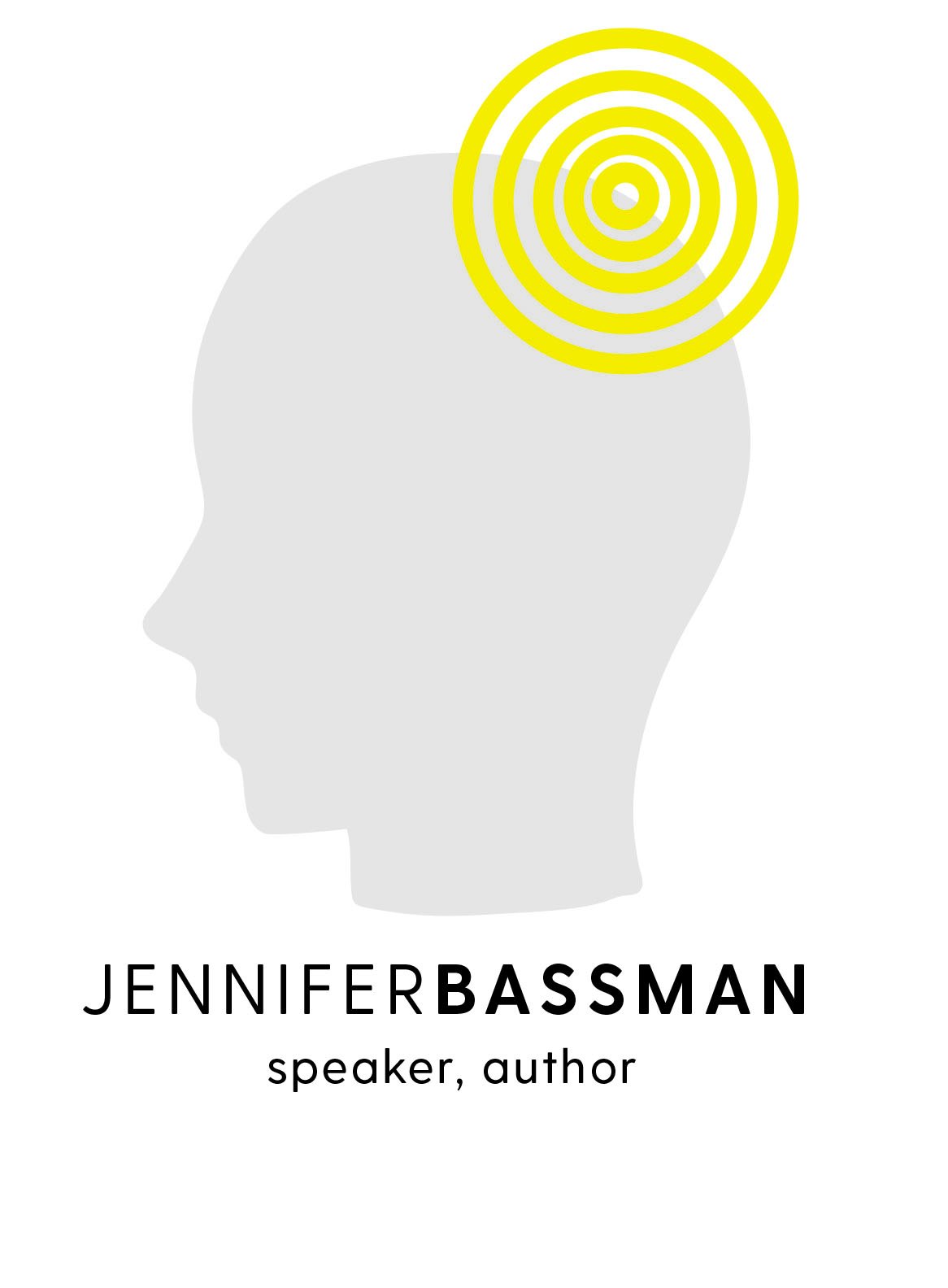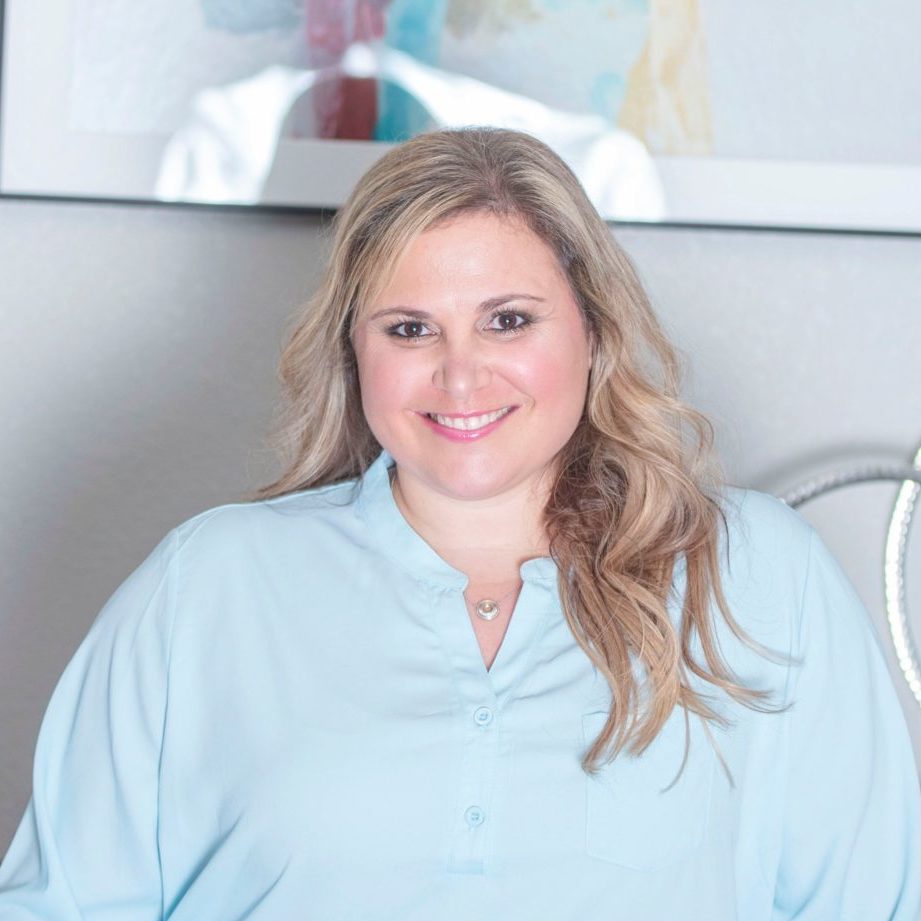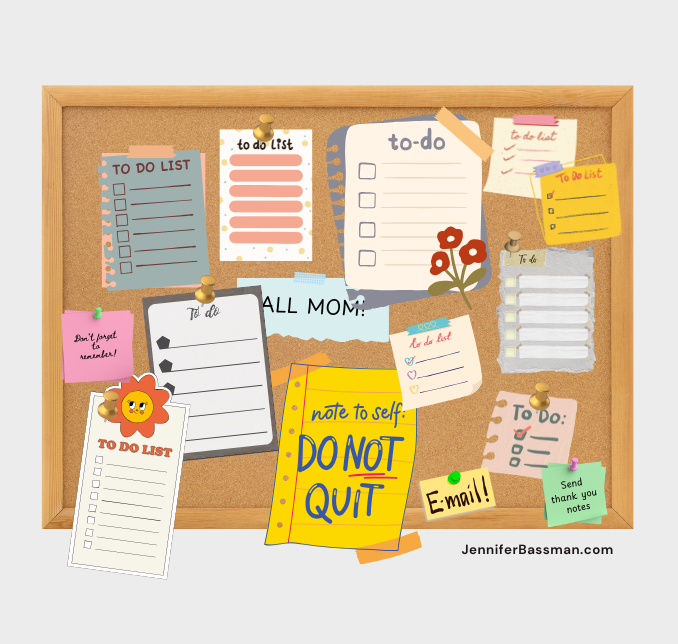When I need to say “no”, my alter ego Captain Awkward swoops in to make it weird.
I start babbling. It’s like my brain knows what it needs to do, but my mouth has its own agenda. And, I think people can see struggle on my face, which makes it more embarrassing.
There is a popular phrase that is parroted among people giving advice about how to say no. “No is a complete sentence,” they assert.
And, then I think: hold my beer.
Hey, I get it. It’s really hard to say no. And not just sometimes – most of the time for many of us. We have all kinds of emotions and expectations attached to the two-letter word.
We’ve Been Conditioned Our Entire Lives to Say Yes
Here is what this boundary expert has learned about enforcing boundaries: you do it for yourself, not for other people.
It is easy to forget that when you are saying yes to other people, you are often saying no to yourself. Even if fulfilling a request means you have to give up something that seems inconsequential, those trivial sacrifices can build up over time into big resentment.
Each time you say yes or no, you are training others to expect a certain behavior from you in the future.
Yep. The inability to say no on the spot ends up training the other person to have unrealistic expectations of your time and energy.
But, is it possible that you and I are overthinking saying no? Why can’t saying no simply mean “now is not a good time?” Or, “that’s not sometime I can or want to do?”
What if we start detaching ourselves from what we’ve been taught about the negative repercussions of saying no? Let’s be honest, the people who taught us that being agreeable is the only socially acceptable answer, likely had an ulterior motive for us growing up to be compliant individuals.
We’ve been conditioned to believe that saying no is the enemy, and saying yes is what helps us maintain respect and our reputation. We’ve been trained to be helpful suckers. Sorry, but we have.
When people are asked what they think about people who say no, they describe it as a sign of strength, self-respect, and clear priorities.
How do you perceive someone who is good at saying no when necessary?
Say No on the Spot: My Step-by-Step Guide for the Socially Awkward
You can learn to say no on the spot. With some tweaks to your mindset, some preparation, and practice, you can build confidence in your veto power. Consider these six steps, then I’ll address the most common concern people have about saying no:
Step 1: Embrace Your Awkwardness – Dude. It’s okay. It feels weird to say no. But feelings of discomfort don’t mean you can’t say no effectively. What it means is you haven’t found a way to tell yourself that saying no isn’t a death sentence for your reputation.
Step 2: The Power of Preparation – The number one mistake people without boundaries make is not preparing themselves to say no or enforce their boundary. In fact, the first time they hear that boundary come out of their mouth is usually the very first time they say it. Of course, it feels strange.
You know in real life that people will make requests of your time and energy that will need to be rejected. And, more often than not, it is the same people making these requests. Instead of wishing you were a turtle so you could retreat to your shell, acknowledge that avoidance makes it worse.
Sit down and make a list of common scenarios that make you feel awkward about saying no. Also list the reoccurring offenders – the people who run to you for assistance most often. Then, write down responses to these requests that you would be comfortable saying. Finally, practice, practice, practice them until they feel like second nature. Enlist a trusted friend to help you rehearse.
Step 3: Utilize humor as a distraction or a shield – Humor can be a great diffuser for both parties. Even better, you will leave them smiling rather than disappointed. Some generic, humorous responses:
- You’re so persistent! If only I had it together to say yes to everything.
- I’d love to help, but I need to attend my cat’s therapy session. (FYI: Absurd excuses are perfect for this.)
- On no! You’ve discovered my kryptonite! You know I find it hard to resist!
Step 4: Emphasize the Positive – Instead of dwelling on the awkwardness or the negativity you perceive around saying no, focus on the benefits of saying “Nope!” Benefits like giving yourself time to finish your own work without extra pressure or skipping feelings of overwhelm.
Step 5: Embrace the Awkward Silence – This one is the hardest for me. What I have discovered is this is a great opportunity to breathe. Fear causes me to hold my breath. I take a moment to take a deep breath and replenish my oxygen levels. Usually, by the time I’m exhaling, the other person has figured out another solution or said something stupid to make it easier for me to say no.
Step 6: Everyone says no – Remind yourself that everyone has said no to someone else, too. In fact, more often than not, people are surprised when you actually say yes.
But What If They Get Upset?
The number one concern that people have to saying no on the spot is the other person’s negative reaction.
You have just as much control over someone’s reaction as you do how the Earth orbits the sun. What guarantee do you have that even if you say yes, your response has generated the respect you desire or positively impacted your reputation?
You need to focus on what you can control – your own thoughts and behavior.
What I have learned after years of enforcing my own boundaries and coaching others to create their own, is that the people who get the most upset about our boundaries are the people that have benefitted the most from us not having any.






